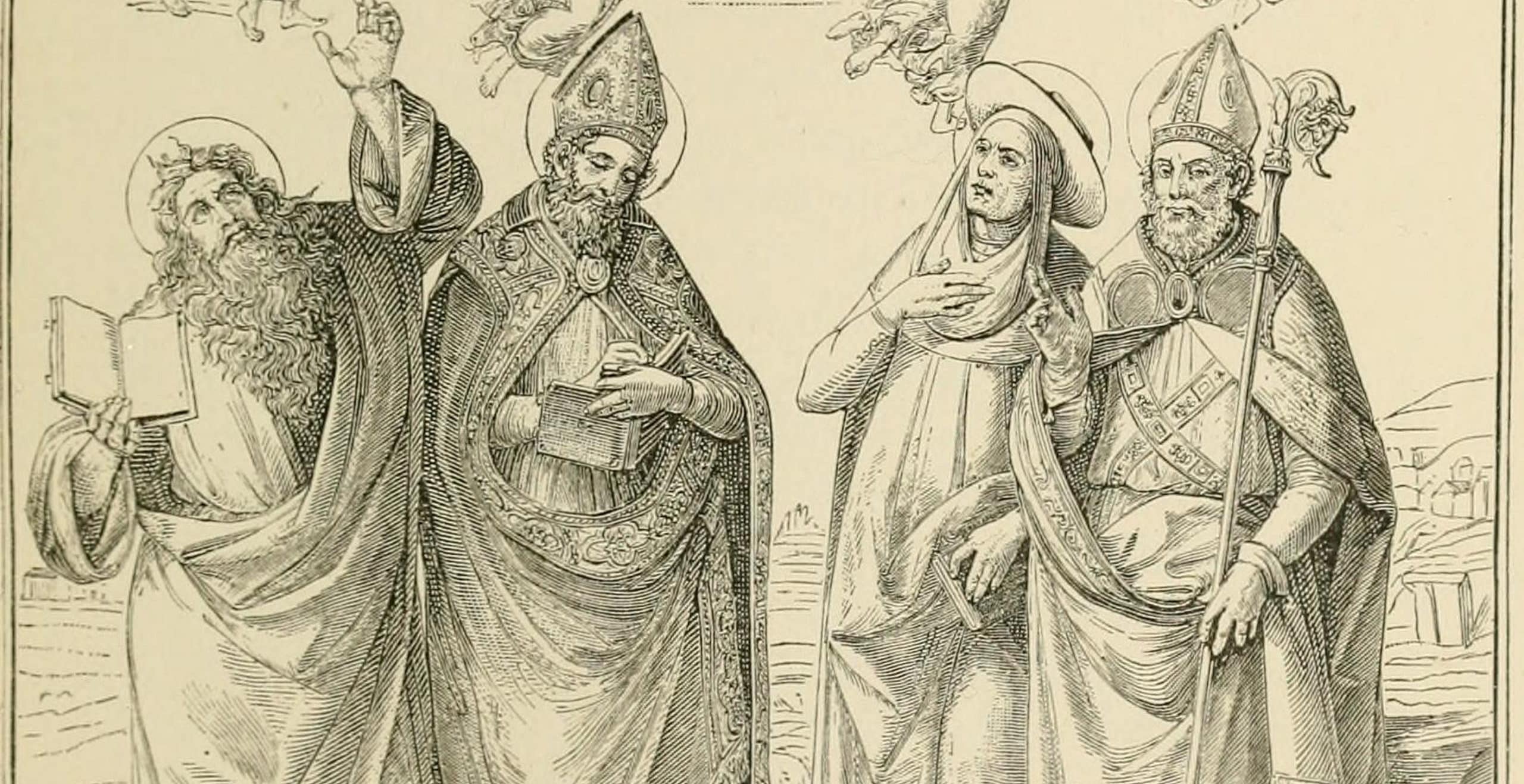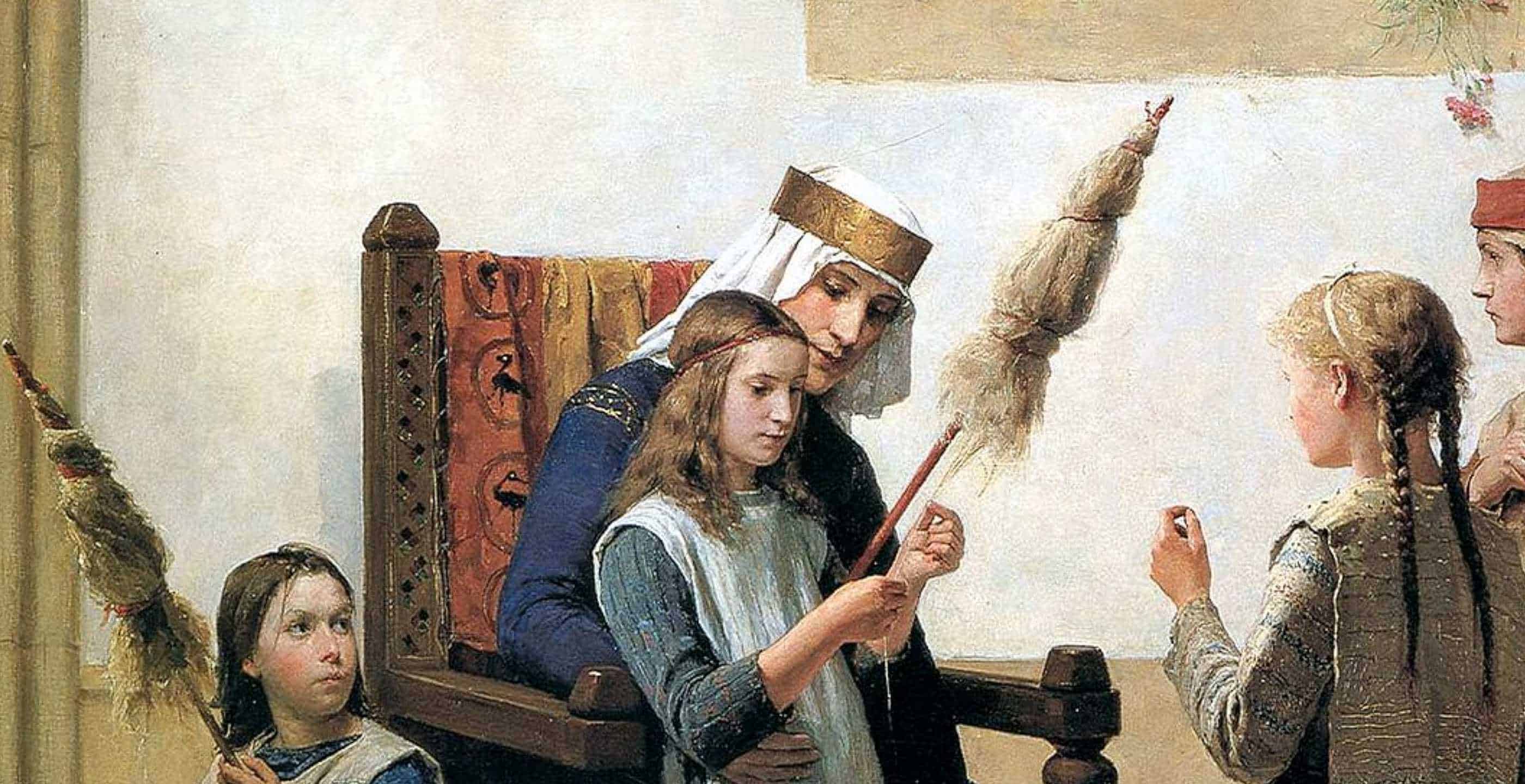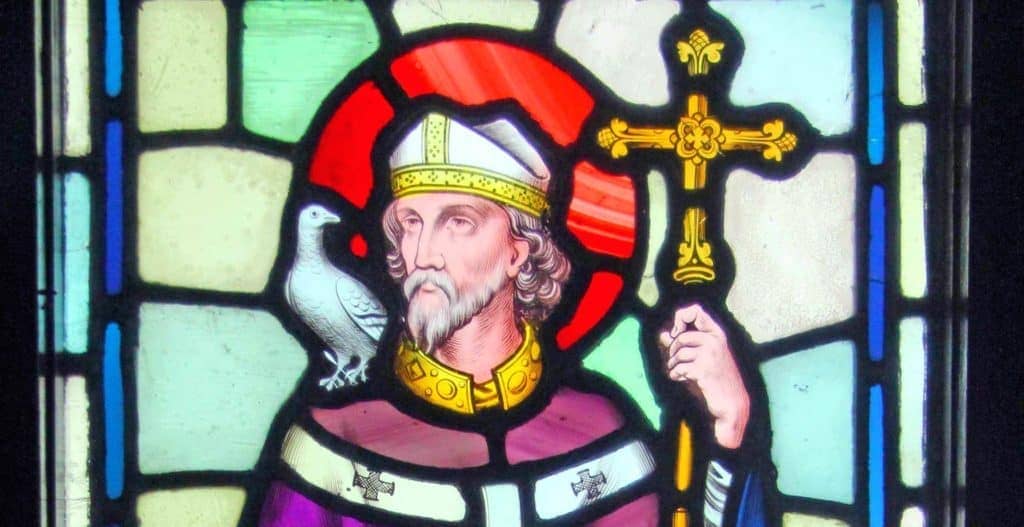As the Roman influence waned in Britain, pagan Germanic tribes took control of England. Against this backdrop, Christian-worshipping Britons were forced to hold onto their beliefs and fight against the barbarian threat. As a result, in the following century a population of Celtic Christians held onto their traditions, religion and identity to form the bedrock of the Welsh people, language and culture.
It would take St Augustine’s arrival in AD 597 to convert the tribes of pagan worshippers of England into Christian communities. Already in Wales, Cornwall, Cumbria and across the water in Ireland, Celtic Saints had played a pivotal role in the spread of Christianity.
The roots of this process however must be traced back to the Roman invaders of the British Isles.
The Romans first arrived in Britain in 55 BC with Julius Caesar who had observed the British culture as being steeped in Celtic tradition.
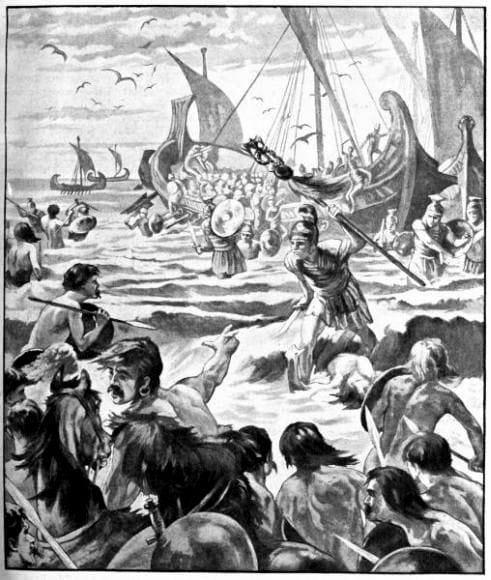
Later in AD 43 under Emperor Claudius, the Romans gained a foothold in Britain and the southeast was largely contained whilst the effects of Boudica’s uprising and resistance from Wales forced some delay.
Under the leadership of General Agricola, the Roman Empire reached Caledonia and by the second century, Hadrian imposed the construction of his now famous Hadrian’s Wall, a zone demarcating the realm beyond which, the Scottish Highlands, were without Roman authority.
In the coming years, a distinct culture emerged, a combination of Roman and native Britons, with Celtic influences. The Romans left their mark on agriculture and infrastructure whilst the Roman goddess Britannia came to represent this island population.
In religious terms, the dominant faith had been based on the Celtic priestly caste of the druids however such worship had been outlawed by Claudius.
Under Roman command, native Britons continued to worship their own Celtic deities. In time however, the growth of Christianity within the Roman Empire spread to include the northern Roman province.
Whilst the exact date of Christianity’s entrance into Britain is unknown, evidence from around the third century alludes to the spread of the religion and the culture it created.
One of the first Christian objects to be found in Wales is a vessel which dates back to AD 375.
Initially functioning as an urban religion, Christianity gradually grew in popularity despite the initial hostility of native Britons who remained suspicious of the religion.
In time, Christianity flourished throughout the Roman Empire and by the fourth century it had become the official religion.
Roman control persisted in Britain until in AD 410 when Emperor Honorius warned against the threat of barbarian hoards which changed the religion, demographics and culture of Britain.
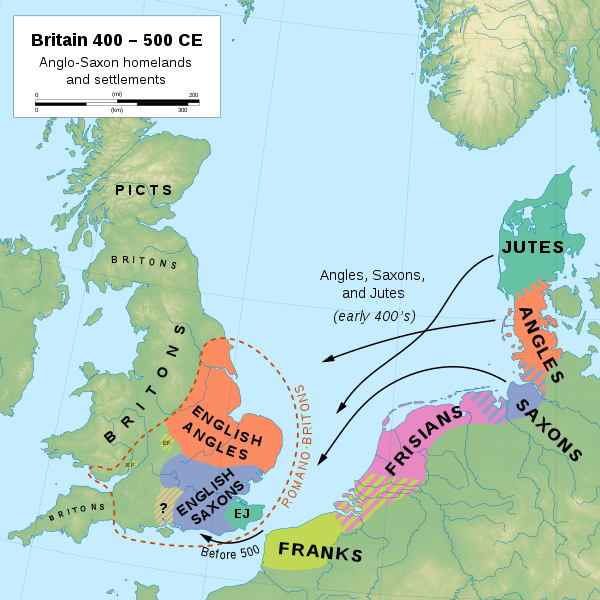
As the Anglo-Saxons took hold of much of England, in the fifth and sixth century many Welsh Saints retreated into isolation with their sole focus being their dedication to the worship of God.
This period thus came to be defined as the “Age of Saints”, a time when the reintroduction of pagan customs with the Saxons from the continent, left many Romano-Briton communities pushed back to the peripheries in Wales, Cornwall and Brittany and seeking inspiration elsewhere.
Those influential individuals who continued in the Christian tradition and spread the Word of God were known as “Celtic Saints”.
In Powys, where the family of Vortigern maintained control and influence, a large number of saints emerged from the area.
In Wales, the Age of Saints was thought to have begun with Dyfrig, also known as Saint Dubricius, who was bishop at Ariconium in the mid-fifth century. Whilst not much is known of his life, it is believed that he was the son of Efrddyl, daughter of the Prince of Ergyng. Noted for his intellect from a young age, he founded a monastery at Hentland in which a number of other prominent Christian leaders attended. Serving as a bishop, he would be an important part of keeping Christianity alive in Wales at a time when paganism was growing in influence.
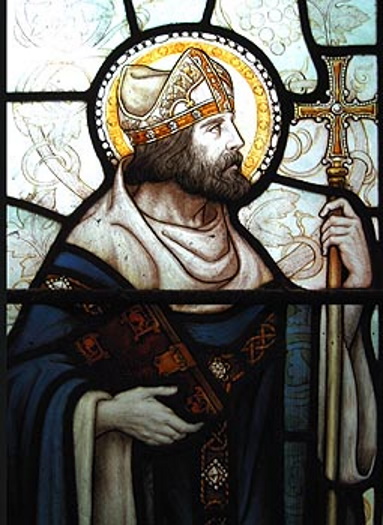
The next person to follow in his footsteps was Saint Illtud, an abbot who established a school in Llanilltud Fawr (Llantwit Major) which soon became an important hub within the Celtic Christian community, attracting scholars from Ireland, Brittany and Cornwall.
He founded the monastery and school in Glamorgan which was said to have been a thriving centre of learning in its time with around 1000 pupils attending and educating some of the most well-known saints such as Saint David. Another attendee was the scholar and historian Gildas who went on to write “De Excidio Britanniae” which is a valuable historical source from this time.
It is important to note however that the use of the title “saint” was applied quite often within the Celtic church and administered in a more local setting without the formal canonisation by the Roman Catholic Church as occurred later.
Whilst records remain scarce around the time of the Age of Saints, it can be said is that their emergence often came from native tribal tradition, frequently emerging from the nobility in certain communities such as princes, kings and chieftains. As part of their conversion to Celtic Sainthood, they would renounce the privileges such positions had afforded them and live more remote monastic lives in seclusion.
As such, these saints would appear anomalies in an era of invasion and violence, their worship appeared to evolve and be preserved in relative isolation.
In addition, their identity would in time emerge separately from the Roman Catholic Church and its base which would find conflict when St Augustine arrived in AD 597.
In the meantime, arguably the most famous Welsh Saint and one of only two which formed part of the General Roman Calendar was Saint David.
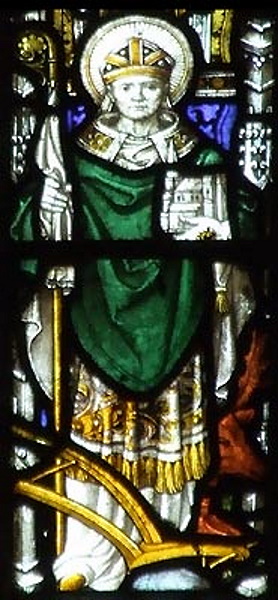
Before him, the like of St Dyfrig, St Illtud, St Telio and others had paved the way for the Christian teaching, however he has since become the most famous of all Welsh Saints to emerge as he became patron saint of Wales.
During his lifetime he became a celebrated preacher, missionary, teacher and performer of miracles. He would be responsible for the foundation of various churches and monastic settlements and much of what he achieved in his lifetime has since remained as a cultural emblem of Welsh heritage, including the symbolism of the leek.
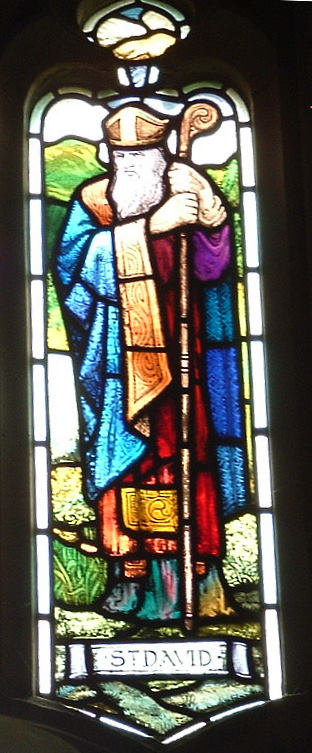
Whilst his prominence as a figurehead of Welsh history and culture is well-documented, other saints from this period remain more obscure, however evidence can be found throughout Wales of burials, buildings and standing stone inscriptions. This indicates the communities of people who had worshipped and retained their Christian faith at a time when the paganism of Anglo-Saxons was enveloping the east of Britain.
The Age of Saints emerged as a time of intense Christian activity through Wales, Cornwall, Ireland and the north-west of Britain. Those that illuminated the messages of Christ were venerated as saints and served as missionaries throughout the Celtic Christian world, increasing scholarship and worship.
In the meantime, pagan worshippers from the continent had done their best to diminish the Romano-British Christian traditions which had emerged: nevertheless, those that did retain their faith were able to create a clearly defined culture distinct in its communication, religion and social structure.
The Age of Saints was an important period in the emergence of a Welsh people with strong roots and identity steeped in pre-Saxon traditions and Celtic heritage.
Today, the British Isles remains a diverse island, comprised of nations which at different times have been divided, united, at war and at peace. The Age of Saints is an important part of this process, a time when people grasped onto not only their religion but their culture, communities and way of life. Whilst many direct records from this time have been lost, the evidence of the Age of Saints is to be found all around us, in place names, monuments, church buildings, symbols and traditions, making up the rich mosaic of culture that is Great Britain.
Jessica Brain is a freelance writer specialising in history. Based in Kent and a lover of all things historical.
Published: 21st January 2022
